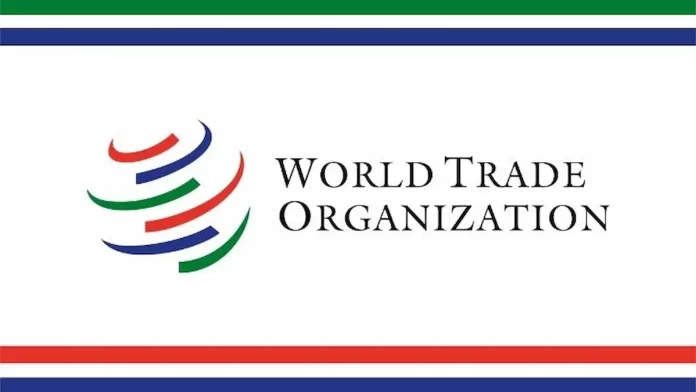Trade-Related Investment Measures (TRIMs) represent a set of rules and regulations that influence the intersection of international trade and foreign investment.
Governed by the World Trade Organization (WTO), TRIMs aim to foster fair competition and prevent discriminatory practices that could distort global trade.
This article delves into the key features of TRIMs, examining how they impact the relationship between trade and investment on the international stage.
1. Definition of TRIMs
TRIMs are policies and practices adopted by member countries that affect the conditions under which foreign investors operate within their borders.
These measures encompass a wide range of regulations, incentives, and restrictions that can either facilitate or hinder foreign investment in a host country.
2. Prohibition of Certain TRIMs
The WTO’s Agreement on Trade-Related Investment Measures (TRIMs Agreement) explicitly prohibits certain types of TRIMs that are considered inconsistent with the principles of free and fair trade.
Prohibited measures include those that require investors to achieve specific performance requirements, such as local content targets, export targets, or technology transfer.
3. National Treatment and Most-Favored-Nation (MFN) Treatment:
TRIMs adhere to the principles of National Treatment and Most-Favored-Nation (MFN) Treatment.
National Treatment ensures that foreign investors are treated no less favorably than domestic investors, eliminating discriminatory practices.
MFN Treatment ensures that any advantage, favor, privilege, or immunity granted to one trading partner is extended to all WTO members.
4. Performance Requirements:
One of the key features of TRIMs is the regulation of performance requirements imposed on foreign investors.
The TRIMs Agreement aims to eliminate or reduce the use of measures that require investors to meet certain conditions, such as exporting a specific percentage of goods, transferring technology, or using a certain amount of local inputs.
5. Transition Periods for Developing Countries:
Recognizing the diverse economic circumstances of member countries, the TRIMs Agreement allows developing countries a transition period during which they can maintain certain measures that might be inconsistent with the agreement.
These transition periods provide flexibility for developing nations to adapt their policies and practices gradually.
6. Dispute Settlement Mechanism:
The TRIMs Agreement incorporates the WTO’s dispute settlement mechanism, allowing member countries to seek resolution for disputes related to alleged violations of TRIMs.
This mechanism provides a structured process for consultations, mediation, and adjudication, ensuring that countries can address concerns about the impact of TRIMs on their trade and investment interests.
7. Transparency and Notification Requirements:
Member countries are required to notify the WTO of their TRIMs, promoting transparency and facilitating a better understanding of the measures in place.
This notification process contributes to the surveillance of TRIMs and allows for the identification of potential issues that may warrant further examination.
8. Flexibility for Regional Trade Agreements:
The TRIMs Agreement acknowledges the existence of regional trade agreements (RTAs) and provides flexibility for member countries to adopt TRIMs within the framework of such agreements.
This recognition allows countries participating in RTAs to implement measures that support the objectives of the regional agreement.
Implications and Challenges
While TRIMs aim to create a fair and open environment for international trade and investment, challenges and debates persist.
Critics argue that the Agreement does not go far enough in addressing the broader issue of investment protection and dispute resolution.
Additionally, concerns are raised about the potential impact of TRIMs on the policy space of developing countries, especially in their pursuit of industrialization and economic development.
Conclusion
Trade-Related Investment Measures (TRIMs) play a crucial role in shaping the interaction between trade and investment in the global economy.
By establishing rules that promote non-discrimination, transparency, and fair competition, the TRIMs Agreement contributes to a more predictable and equitable environment for foreign investors.
However, ongoing debates and challenges highlight the complexity of balancing the interests of diverse member countries within the framework of TRIMs.
As the global economic landscape evolves, the role of TRIMs in shaping international trade and investment policies will continue to be a subject of scrutiny and adaptation.
